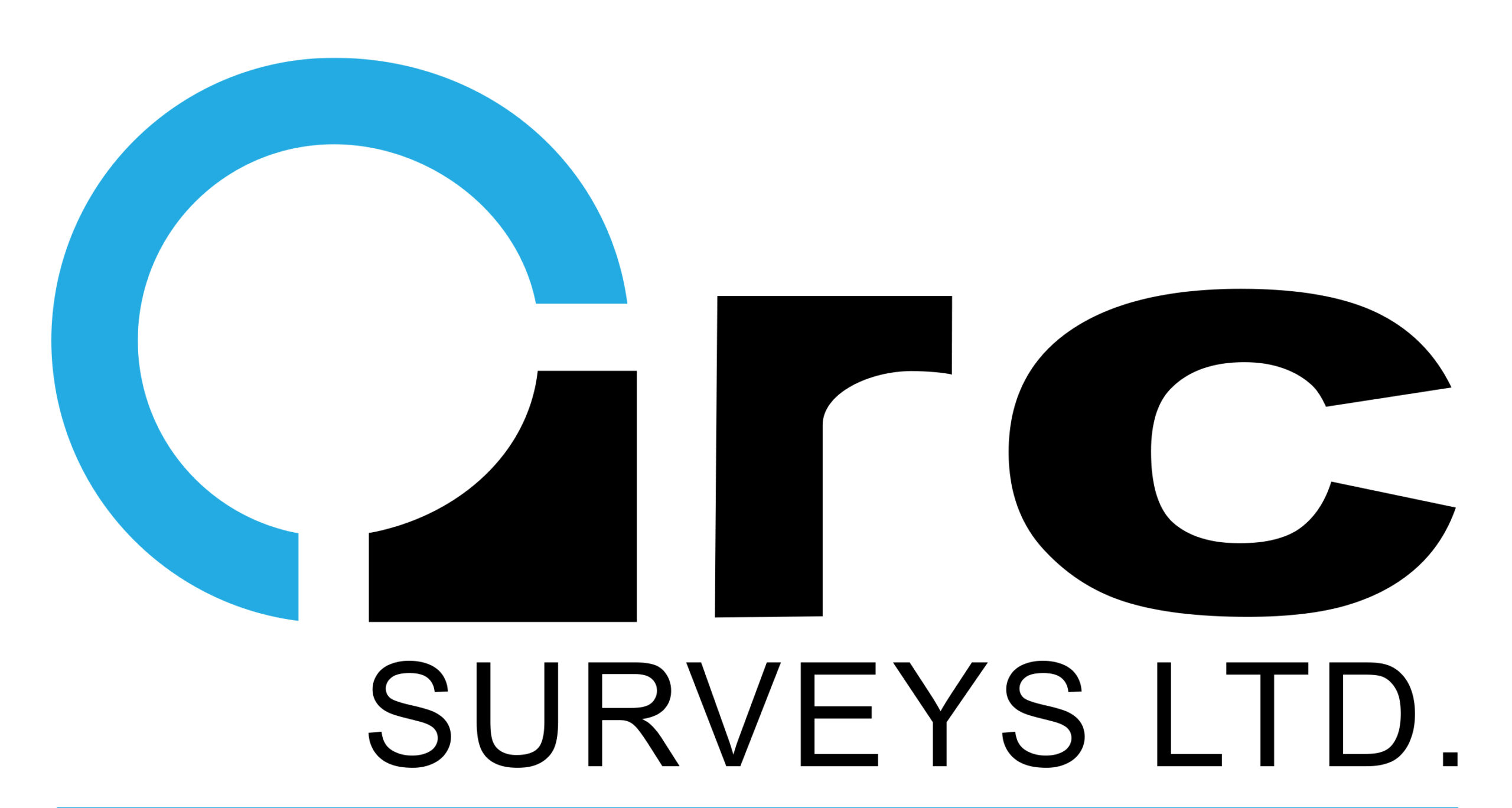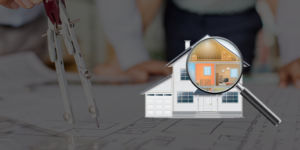In the dynamic landscape of Edmonton, Alberta, land surveyors play a pivotal role in shaping the urban environment. Their expertise is crucial for various types of buildings and land, ensuring that developments adhere to legal requirements and spatial considerations. In this comprehensive blog, we will delve into the world of Edmonton surveyors and uncover the different types of buildings and land they survey.
What is an Land Surveyor?
A land surveyor is a highly skilled professional responsible for measuring and mapping the Earth’s surface. Edmonton Surveyors utilize advanced equipment and techniques to accurately determine the boundaries and features of a property. Their work is essential for land development, construction, and legal purposes.
What Do Edmonton Surveyors Do?
Land surveyors perform a wide range of tasks, including boundary surveys, topographic mapping, and construction staking. They work collaboratively with architects, engineers, and developers to ensure that projects are executed with precision. Land surveyors in Edmonton use cutting-edge technology such as GPS and laser scanning to collect accurate data and create detailed maps.
Why Are They Important?
The importance of Edmonton surveyors cannot be overstated. Their work forms the foundation for responsible land development, helping prevent boundary disputes, encroachments, and legal complications. The accuracy of their measurements ensures that buildings and infrastructure projects align with zoning regulations and safety standards, contributing to the overall integrity of the community.
Types of Buildings Surveyed:
Surveyors in Edmonton cater to a diverse range of buildings, each presenting unique challenges. Residential properties, commercial developments, industrial facilities, and institutional buildings all require the expertise of land surveyors to ensure proper zoning and adherence to local regulations. From single-family homes to complex industrial sites, land surveyors contribute to the seamless integration of structures into the urban landscape.
Some examples of surveys needed for each building are as follows:
Residential: Boundary Surveys: Precisely determining property lines to avoid boundary disputes among homeowners. Topographic Surveys: Capturing the natural and man-made features of the land, influencing the design of the residential property. Legal Descriptions: Creating accurate legal descriptions of the property for documentation and legal purposes.
Commercial Developments: Traffic Impact Surveys: Analyzing traffic patterns and conducting traffic impact assessments for proposed commercial developments. Evaluating parking needs and optimizing parking lot design. Utility and Infrastructure Surveys: Mapping existing utility lines and infrastructure on and around the commercial site. Zoning Compliance Surveys: Verifying that the proposed commercial development aligns with local zoning regulations.
Industrial facilities: Infrastructure Surveys: Mapping out the layout for efficient placement of structures, machinery, and utilities. As-Built Surveys: Verifying that constructed elements match the design plans and specifications.
High rises: Vertical Boundary Surveys: Ensuring accurate measurements in both horizontal and vertical dimensions. Facade Surveys: Evaluating the condition of the building’s exterior, including windows, facades, and structural elements.
Historical Buildings: Architectural Documentation Surveys: Capturing detailed information about the building’s architecture, materials, and historical features. Condition Surveys: Assessing the structural integrity and condition of historical elements.
Types of Land Surveyed:
In addition to buildings, land surveyors in Edmonton are instrumental in surveying various types of land. This includes undeveloped parcels (a vacant area without any public utilities, buildings, or even driveways), agricultural lands, and environmentally sensitive areas. Understanding the topography and characteristics of the land is essential for responsible land use planning and sustainable development.
Challenges in Surveying:
Surveying different types of buildings presents varying levels of complexity. High-rise structures and intricate architectural designs pose challenges that require advanced surveying techniques. On the other hand, single-family homes and open spaces may be relatively easier to survey. Navigating these challenges demands the expertise and adaptability of Edmonton surveyors.
The work of Edmonton land surveyors extends across a diverse spectrum of buildings. From the simplicity of residential homes to the complexity of industrial facilities and historical landmarks, surveyors in Edmonton play a vital role in shaping the city’s physical landscape. Their expertise ensures that each building aligns with legal requirements, environmental considerations, and the unique characteristics of the community, contributing to a vibrant and sustainable urban environment.
If you need a survey conducted on any type of building or structure, our team of expert land surveyors are here to help. Feel free to give us a call or send us an email at 403-277-1272 / info@arcsurveys.ca. We look forward to helping you survey whatever need you may have!



